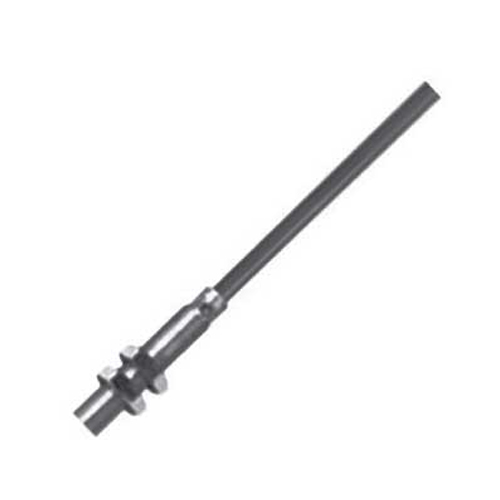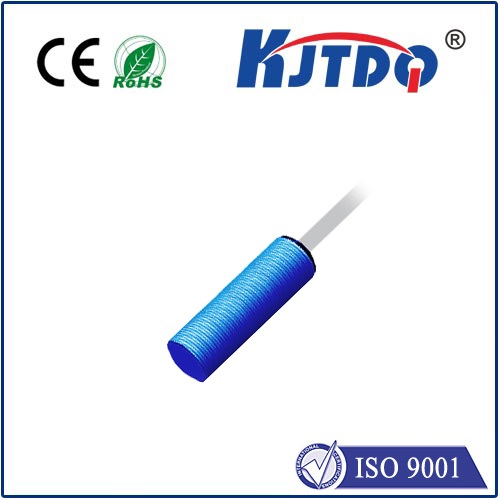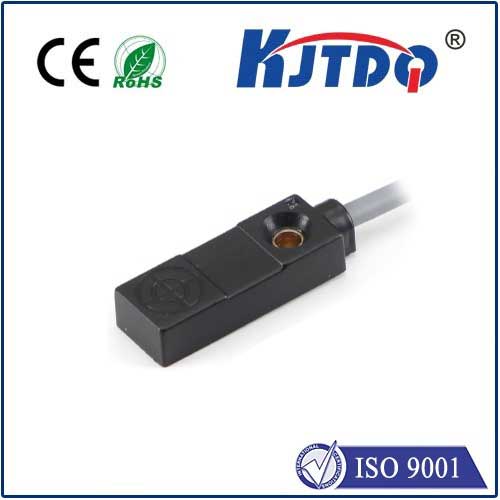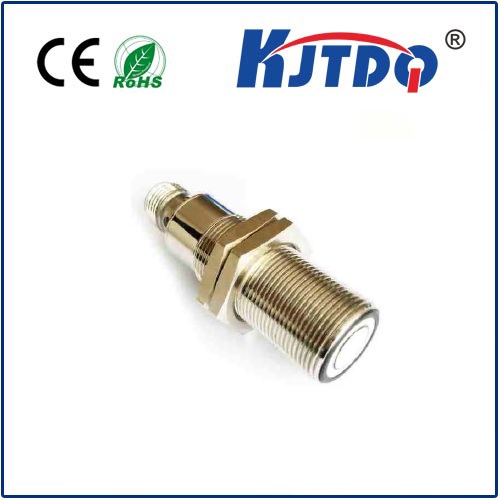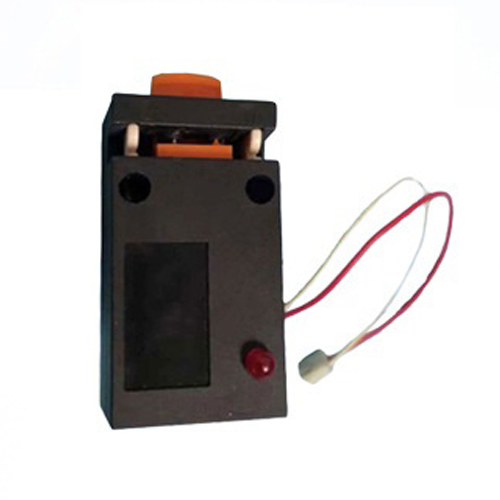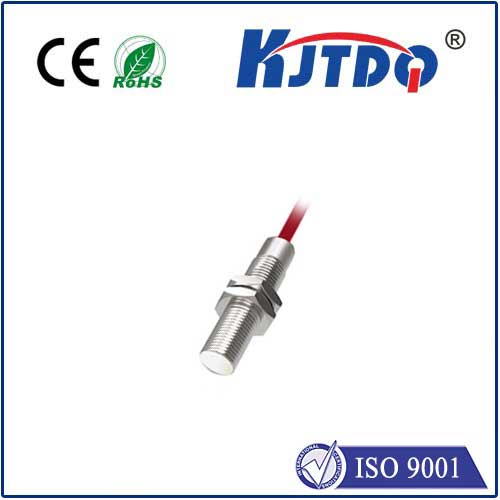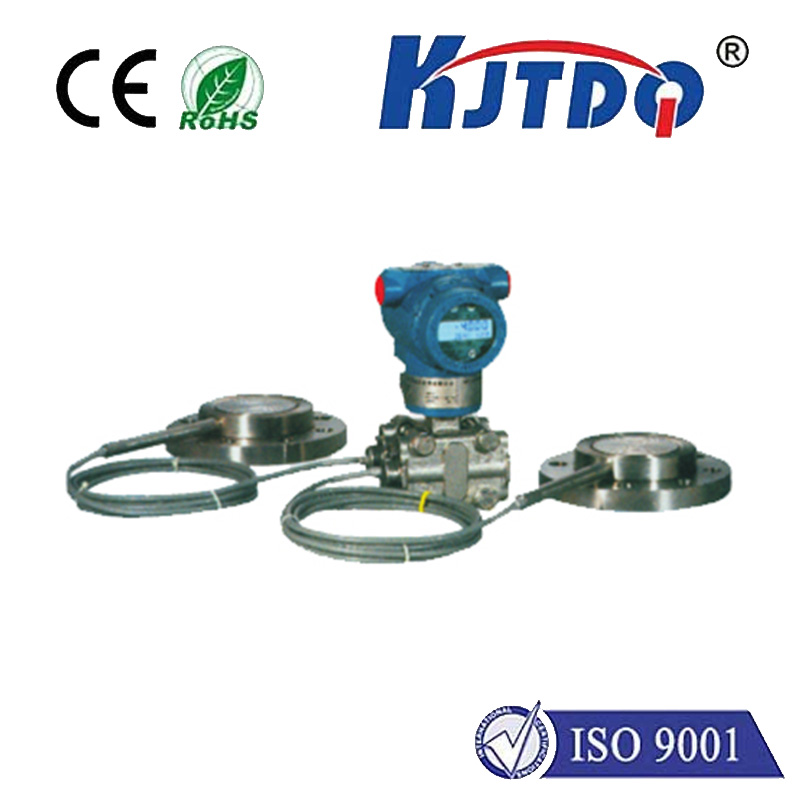PT702E pressure sensor
- time:2025-09-24 01:07:08
- Нажмите:0
Precision Engineered: Unpacking the PT702E Pressure Sensor’s Industrial Impact
Imagine a critical hydraulic system powering a massive piece of machinery deep within a factory. Thousands of components work in unison, but unseen forces – pressure fluctuations – threaten smooth operation and safety. Knowing these pressures instantly and accurately isn’t just data collection; it’s the bedrock of control, efficiency, and prevention. This is where robust, reliable pressure sensors, like the PT702E, transition from mere components to indispensable guardians of industrial processes. Engineered for demanding environments, the PT702E pressure sensor represents a blend of precision engineering and practical durability.
More Than a Gauge: The Core Function of the PT702E
At its essence, a pressure sensor transforms a physical force – pressure – into a standardized electrical signal. The PT702E excels at this fundamental task across numerous media types, including gases, air, and compatible liquids. Utilizing advanced sensing technology – typically featuring high-stability, piezoresistive elements – the PT702E delivers high precision electrical output directly proportional to the applied pressure. This signal, often a 4-20mA current loop or a voltage output (like 0-5VDC or 0-10VDC), provides the crucial data point automation systems, PLCs (Programmable Logic Controllers), and SCADA (Supervisory Control and Data Acquisition) systems need for real-time monitoring and control. This seamless translation of physical phenomena into actionable data underscores its role as a vital sentinel in countless applications.

Where Reliability Meets Performance: Key Capabilities Defining the PT702E
What sets the PT702E apart in the crowded field of industrial sensors?
- Robust Construction for Harsh Environments: Industrial settings are unforgiving. Excessive vibration, wide temperature swings, corrosive media, and electrical interference are commonplace. The PT702E is typically housed in a rugged, often stainless-steel body designed to withstand these challenges, ensuring long-term reliability without signal degradation. This intrinsic durability minimizes downtime and maintenance costs.
- High Accuracy and Stability: In pressure measurement, marginal errors can cascade into significant operational problems. The PT702E is engineered for high accuracy (often within fractions of a percentage of full scale) and excellent long-term stability. This ensures consistent, trustworthy readings over extended periods, which is critical for process quality control and safety systems.
- Versatile Pressure Range Options: Industrial needs vary immensely. The PT702E is rarely a one-size-fits-all model; manufacturers typically offer it in a wide array of calibrated pressure ranges. From very low vacuums or differential pressures to high pressures measured in hundreds of Bar or PSI, there’s likely a PT702E variant configured for the specific requirement.
- Multiple Electrical Outputs & Configurations: Flexibility in integration is key. Availability across multiple electrical outputs (4-20mA, 0-5VDC, 0-10VDC being common) ensures compatibility with diverse monitoring and control systems. Furthermore, options like different process connections (G1/4”, NPT 1⁄4”, etc.), electrical connectors, cable exits, and even custom calibrations provide engineers with the necessary flexibility to tailor the sensor to the exact application.
- Media Compatibility: Industrial processes involve a vast array of substances. The wetted materials of the PT702E, usually 316L stainless steel or similarly compatible alloys, are selected to ensure reliable operation with many common industrial gases, air, water, oils, and coolants. Confirming specific media compatibility for non-standard fluids is always recommended during selection.
Industrial Applications Powering Efficiency and Safety
The PT702E pressure sensor isn’t confined to a single niche; its robustness and precision make it a workhorse across multiple sectors:
- Industrial Automation & Machinery: Monitoring hydraulic and pneumatic pressures in machinery, ensuring optimal actuator force and cylinder movement, preventing overloads that could damage equipment. Precise pressure feedback is fundamental for automated sequences.
- HVAC/R (Heating, Ventilation, Air Conditioning, and Refrigeration): Monitoring refrigerant pressures, filter clogging indicators (differential pressure), and duct static pressures within complex building management systems for optimized energy efficiency and system health.
- Process Control & Manufacturing: Providing critical pressure data for chemical processing, food and beverage production, pharmaceutical manufacturing, and water treatment plants. It ensures recipes are followed precisely, tanks aren’t overfilled, and filtration processes operate within safe parameters.
- Mobile Hydraulics: Operating reliably on construction equipment, agricultural machinery, and material handling vehicles where shock, vibration, and environmental exposure are extreme. Monitoring pump discharge, cylinder load, and system health is vital for safety and performance.
- Energy Sector: Monitoring pressures in fuel lines, lubrication systems, cooling circuits, and hydraulic accumulators within power generation facilities. Reliability under demanding thermal and pressure cycles is paramount.
- Compressed Air Systems: Monitoring compressor output, tank pressure, and line pressure to ensure efficient operation, detect leaks, and prevent system failures. Optimizing compressed air systems represents significant energy savings potential.
Selecting and Deploying the PT702E: Key Considerations
Choosing the right PT702E variant and installing it correctly ensures peak performance and longevity:
- Define the Pressure Type & Range: Is it gauge (relative to atmosphere), absolute (relative to vacuum), differential (difference between two points), or sealed gauge (relative to a fixed pressure)? Precisely determine the minimum and maximum pressures encountered during normal and peak operation.
- Identify the Media: What substance will the sensor diaphragm be in contact with? Confirm media compatibility with the specific wetted materials of the PT702E model you consider. Compatibility is non-negotiable for sensor life and signal integrity.
- Specify the Output Signal: Ensure the chosen output (e.g., 4-20mA, 0-10VDC) aligns perfectly with your existing control system’s input requirements. Signal mismatch leads to inaccurate data or system rejection.
- Environmental Factors: Consider the operating temperature range, potential for condensation, exposure to chemicals, vibration levels, and the need for specific ingress protection (IP ratings). Select the PT702E variant or accessory options (e.g., snubbers, temperature shields) that address these challenges. Rugged construction is only effective if matched to the specific environment.
- Installation Best Practices: Ensure the process connection is secure and leak-free. Mount the sensor securely to minimize vibration transmission. Protect electrical connections from moisture and physical damage. Avoid installing the sensor in locations prone to thermal shock or excessive localized heating. Consider pulsation dampeners if pressure spikes are rapid and severe. Proper installation is critical for achieving the specified performance and longevity.
The PT702E pressure sensor embodies the critical role precision sensing plays within modern industry. It goes far beyond simply reporting a number; it provides the essential feedback loop that enables automation, ensures process consistency, protects valuable equipment, enhances energy efficiency, and fundamentally contributes to operational safety. Its robust design, high accuracy, versatile configuration options, and proven reliability make it a cornerstone component engineers trust in demanding environments where consistent, dependable pressure measurement is not optional, but a fundamental requirement for success. Understanding its capabilities and selection criteria empowers users to fully leverage this vital tool in their industrial toolkit.

